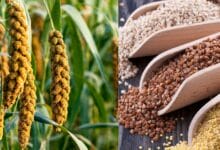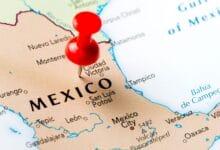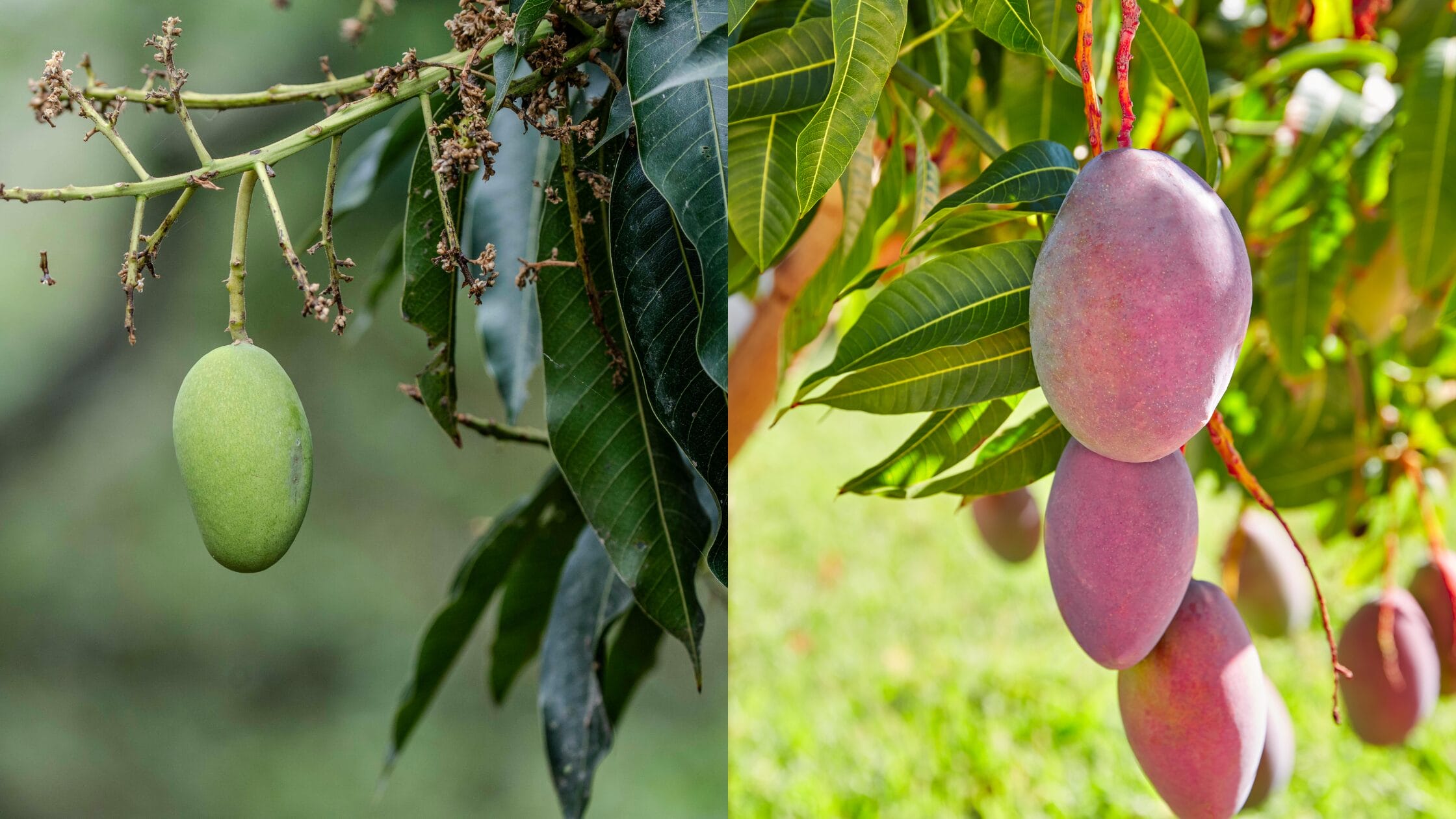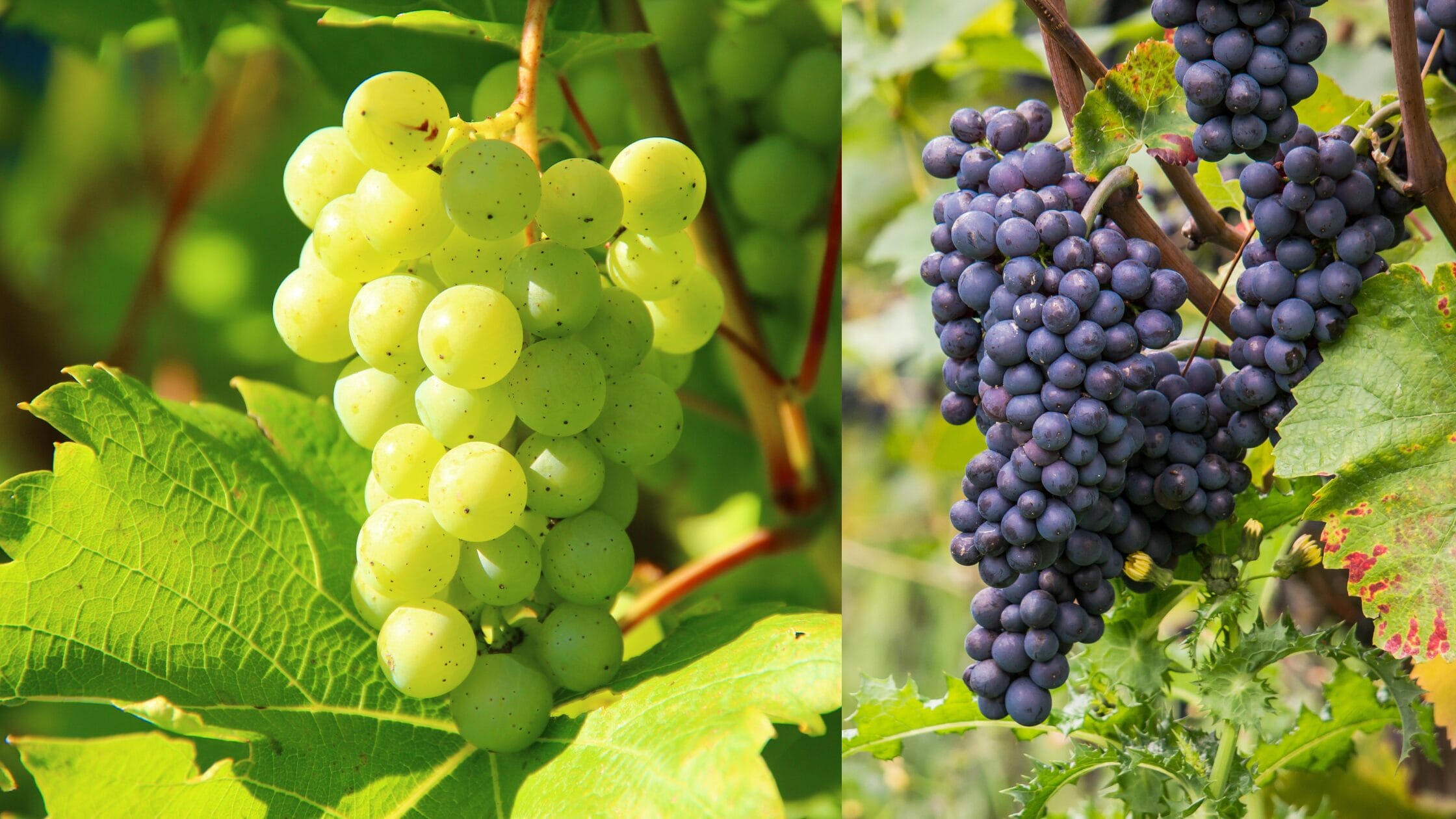Which is the Highest Producer of Sunflower in the World

The Global Sunflower: Which Country Produces the Most?
Sunflowers, beyond their vibrant aesthetic appeal and symbolic resonance, are an agricultural powerhouse—grown worldwide primarily for oil, seeds, and animal feed. The global sunflower seed production hovered around 51.9 million tonnes in 2024, and sunflower oil remains a staple in many regions due to its favorable nutritional profile (Wikipedia).
Top Producers: Russia and Ukraine’s Dominance
In terms of sheer quantity, Russia consistently leads global sunflower seed production. As of late 2023, Russia produced approximately 18.1 million tonnes, followed by Ukraine at around 12.76 million tonnes (The World Ranking). These two nations together account for well over half of the global output. A breakdown of 2023 shows:
- Ukraine: ~28.08%
- Russia: ~25.35%
This combined total highlights their undisputed dominance in the sunflower industry (reportlinker.com).
Sources like the FAOSTAT breakdown for 2022 also place Russia at the top, followed by Ukraine and Argentina among top producers (Wikipedia, Helgi Library).
Other Significant Producers
While Russia and Ukraine lead, several countries contribute substantially to global production:
- Argentina: ~5.02 million tonnes (3rd largest) (The World Ranking, Tridge)
- China: Around 3 million tonnes (The World Ranking, Tridge)
- Turkey, France, Romania, Hungary, Bulgaria, and Kazakhstan also rank among the top producers, typically producing between 1.2 and 2.2 million tonnes each (The World Ranking, Tridge, reportlinker.com).
For context, in 2018, Romania alone produced roughly 3 million tonnes of sunflower seeds, ranking it the 4th largest producer at the time (Wikipedia).
Sunflower Oil: Leading Countries by Output
Distinct from seed production is sunflower oil output. In 2021:
- Russia led with an estimated 5.25 million tonnes of sunflower oil
- Ukraine followed closely with approximately 4.93 million tonnes (scienceagri.com).
These figures demonstrate that while Russia slightly outpaces Ukraine in oil yield, both remain pivotal players in the global vegetable oil market.
Sunflower Yield (Efficiency) Insights
Quantity isn’t everything—yield per hectare offers insight into agricultural efficiency. In 2022, the highest average yields were recorded by:
- Uzbekistan: ~4,066.6 kg/ha
- Israel: ~4,017.4 kg/ha
- China: ~3,000 kg/ha (The World Ranking).
Notably, high yield doesn’t always translate to global production dominance, as some yield-rich countries cultivate smaller overall areas.
Historical & Geopolitical Context
Sunflower cultivation in Russia and Ukraine is deeply rooted in history. Though the plant originates from North America, records show that Russian imperial bans (e.g., on fats during Lent) and favorable peasant farming conditions helped transform sunflowers into a key crop (Tasting Table).
In recent times, Ukraine’s sunflower has taken on symbolic significance. Not only is it the country’s national flower, but it has also become a powerful emblem of peace and resistance as the nation navigates geopolitical challenges (Tasting Table, Reddit).
Conflict in the region has tangible effects on global sunflower and sunflower oil markets. Historically, Russia and Ukraine together supplied around 60% of the world’s sunflower oil, with 75% of it being exported (Food & Wine). Interruptions in release of these exports, such as those caused by geopolitical tensions, have led to price spikes and supply constraints globally (Tasting Table, Food & Wine).
The Bigger Picture & Broader Impacts
The concentration of sunflower production in a few countries—especially Russia and Ukraine—makes the global supply chain vulnerable to disruptions. Climatic variability, war, and economic pressures can ripple through markets, as seen in recent years (reportlinker.com, Food & Wine, Reuters).
Meanwhile, countries like Argentina continue to play strong supporting roles, with favorable climates and agricultural infrastructure enabling them to produce sizable volumes. Additionally, despite not being among the largest producers, Uzbekistan and Israel showcase impressive efficiency per hectare, suggesting potential for expansion or adoption of similar farming methods elsewhere.
Conclusion
- Russia currently stands as the world’s largest producer of sunflower seeds, with ~18.1 million tonnes in recent years.
- Ukraine closely follows as the second largest, contributing over 12 million tonnes.
- Together, they are responsible for more than a quarter of global production each, making them critical to the industry’s stability.
- In sunflower oil production and export, Russia again ranks first, followed by Ukraine.
- Argentina, China, Turkey, and select European countries are noteworthy contributors, while countries like Uzbekistan and Israel earn recognition for their superior yield.
- Geopolitical upheavals and environmental volatility highlight the risks of concentrated production, reinforcing the relevance of diversified agricultural strategies.
Got it — I’ll expand the article to include a detailed section on Ukraine, covering its production statistics, reasons for its global ranking, sunflower-growing states, popular varieties, employment impact, and trade.
Ukraine’s Sunflower Industry: A Global Powerhouse
Ukraine’s Production Statistics
Ukraine is the second-largest producer of sunflower seeds in the world, contributing around 12–13 million tonnes annually in recent years. According to 2023 data:
- Total Production: ~12.76 million tonnes
- Share of Global Production: ~28%
- Average Yield: 2.3–2.5 tonnes per hectare (depending on climatic conditions and region)
- Harvested Area: Over 5.5 million hectares dedicated to sunflower cultivation.
Sunflowers are not just a crop in Ukraine — they are a symbol of national identity and a major driver of agricultural exports.
Why Ukraine Ranks Among the Global Leaders
Ukraine’s position in global sunflower production is the result of several key factors:
- Favorable Climate and Soil
- Ukraine’s fertile chernozem (black soil) is among the richest in nutrients globally.
- Moderate continental climate with adequate sunshine during the growing season supports high oil content in seeds.
- Large Agricultural Land Base
- Ukraine dedicates a significant portion of its arable land to sunflowers, more than most countries.
- Advanced Farming Practices
- Modern seed hybrids, precision agriculture, and mechanized harvesting have boosted yields.
- Strong Processing Industry
- Ukraine is not just a seed producer but also a leading sunflower oil exporter, processing a large portion domestically before export.
Major Sunflower-Growing Regions in Ukraine
Sunflower cultivation is spread across most of Ukraine, but certain oblasts (regions) stand out for their large-scale production:
- Kharkiv Oblast
- Dnipro (Dnipropetrovsk) Oblast
- Zaporizhzhia Oblast
- Kirovohrad Oblast
- Mykolaiv Oblast
- Poltava Oblast
These regions offer optimal sunlight hours, fertile soils, and a long history of sunflower farming.
Popular Sunflower Varieties in Ukraine
Ukrainian farmers grow a mix of local and international hybrid varieties, chosen for their oil content, disease resistance, and yield. Some well-known types include:
- Yason – High yield and oil content (50–52%).
- Bohun – Drought-resistant, suitable for southern regions.
- LG 5550 (Limagrain hybrid) – Popular for high productivity and uniform seed size.
- NS X 6069 – Resistant to downy mildew and other common diseases.
- Syngenta NK Brio – International hybrid with high stability in yield.
Employment and Economic Impact
The sunflower industry is a major contributor to rural employment in Ukraine:
- Direct Employment: Hundreds of thousands work in cultivation, harvesting, seed processing, and oil refining.
- Indirect Employment: Jobs in transportation, machinery maintenance, export logistics, and agrochemical supply.
- Women’s Participation: Women are significantly involved in processing and quality control sectors.
Trade and Export Significance
Ukraine is the world’s largest exporter of sunflower oil, holding around 45–50% of global market share in some years. Key points:
- Main Export Markets: India, China, the EU, Turkey, and Egypt.
- Annual Export Volume: ~5 million tonnes of oil and significant quantities of meal for livestock feed.
- Value: Sunflower oil accounts for over 10% of Ukraine’s total agricultural export revenue.
- Seed Exports: While most seeds are processed domestically, some raw seed exports go to EU countries.
Challenges and Future Outlook
- Geopolitical Conflict: Disruptions in transportation and port access have impacted exports.
- Climate Change: Increasingly unpredictable weather patterns threaten yield stability.
- Adaptation Strategies: Ukraine is focusing on drought-resistant hybrids, better irrigation, and expanding into alternative export routes (rail and river transport).






